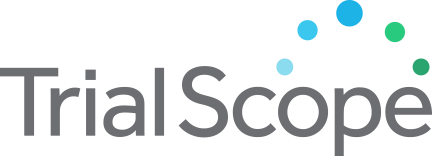Patient Reported Outcomes with UVA-1 Therapy for Treatment of Sclerosing Skin Diseases
Study Purpose
The purpose of this study is to assess the degree of improvement seen patient reported outcomes after 30 sessions of UVA-1 therapy in treating systemic scleroderma, morphea, and sclerodermatous Graft-Versus-Host Disease. While patients have verbally reported improvement of their sclerosing skin disease with UVA-1, patient reported outcomes have not been rigorously studied. In sclerosing skin diseases where clinical change is difficult to measure, patient reported outcomes may offer a better way to study the impact of treatments like UVA-1. This will be a non-blinded, non-randomized prospective trial using UVA-1 phototherapy in patients with established sclerosing skin disease. Patients will report the severity of their condition using multiple patient reported outcomes and will also be analyzed using multiple clinical investigator assessments at the beginning and end of 30 treatment sessions.
Recruitment Criteria
|
Accepts Healthy Volunteers
Healthy volunteers are participants who do not have a disease or condition, or related conditions or symptoms |
No |
|
Study Type
An interventional clinical study is where participants are assigned to receive one or more interventions (or no intervention) so that researchers can evaluate the effects of the interventions on biomedical or health-related outcomes. An observational clinical study is where participants identified as belonging to study groups are assessed for biomedical or health outcomes. Searching Both is inclusive of interventional and observational studies. |
Interventional |
| Eligible Ages | 18 Years and Over |
| Gender | All |
Trial Details
|
Trial ID:
This trial id was obtained from ClinicalTrials.gov, a service of the U.S. National Institutes of Health, providing information on publicly and privately supported clinical studies of human participants with locations in all 50 States and in 196 countries. |
NCT04922736 |
|
Phase
Phase 1: Studies that emphasize safety and how the drug is metabolized and excreted in humans. Phase 2: Studies that gather preliminary data on effectiveness (whether the drug works in people who have a certain disease or condition) and additional safety data. Phase 3: Studies that gather more information about safety and effectiveness by studying different populations and different dosages and by using the drug in combination with other drugs. Phase 4: Studies occurring after FDA has approved a drug for marketing, efficacy, or optimal use. |
N/A |
|
Lead Sponsor
The sponsor is the organization or person who oversees the clinical study and is responsible for analyzing the study data. |
University of Utah |
|
Principal Investigator
The person who is responsible for the scientific and technical direction of the entire clinical study. |
Christopher B. Hansen, M.D. |
| Principal Investigator Affiliation | University of Utah MidValley Dermatology |
|
Agency Class
Category of organization(s) involved as sponsor (and collaborator) supporting the trial. |
Other |
| Overall Status | Enrolling by invitation |
| Countries | United States |
|
Conditions
The disease, disorder, syndrome, illness, or injury that is being studied. |
Scleroderma, Systemic, Morphea, Graft Vs Host Disease |
Contact a Trial Team
If you are interested in learning more about this trial, find the trial site nearest to your location and contact the site coordinator via email or phone. We also strongly recommend that you consult with your healthcare provider about the trials that may interest you and refer to our terms of service below.
